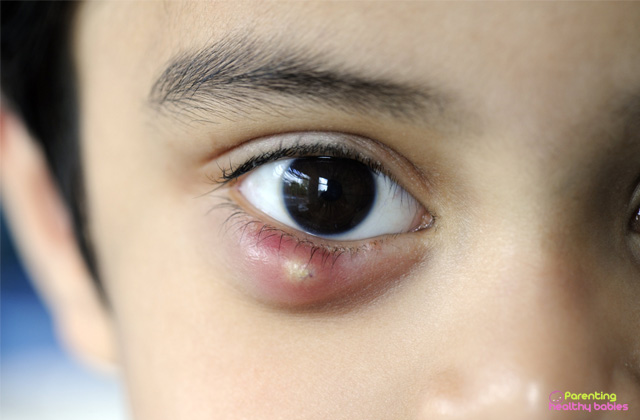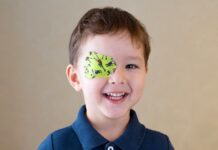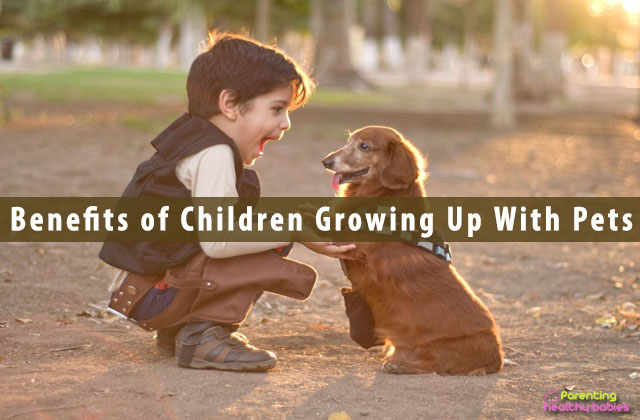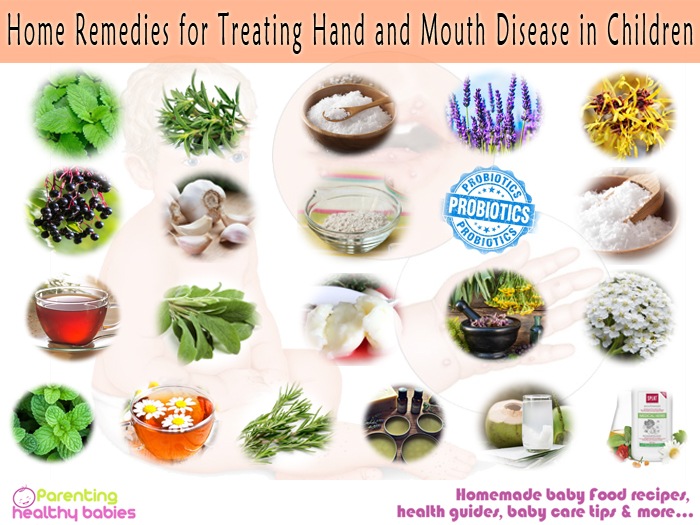Parents feel that pregnancy is the most difficult period of parenting, but actually the coaster ride of parenting begins from there. As children grows problems and worries related to them change their form but never decrease. Some diseases are specific to children while some are more prevalent in children. Of course you want to keep all such diseases away from your child. Chalazion is one such ophthalmic disease which is found more in children.
Symptoms and Treatment for Chalazion in Kids
What is Chalazion?
Chalazion is a cyst like swelling on the eyelid. It is non-infectious and painless but most common granulomatous infection. There is appearance of reddish purple area on the upper eyelid. It is more common in upper eyelid than the lower eyelid. The projection of the main bulk is on the skin side i.e. on the outer side. The reason that it is more common on upper eyelid is because upper eyelid has more glands than the lower eyelid. Chalazion is mainly confused with sty. The difference between Chalazion and sty is that, sty is painful and suppurative i.e. infectious, Chalazion is painless and non suppurative.
Pathology
It is mainly caused by infection by an organism with lower virulence. The organism causes proliferation of epithelium cells which infiltrate the ducts. This causes blocking of the duct which causes retention of secretions. The secretion which is retained is sebum. Sebum is a secretion of sebaceous gland; they secrete an oily sticky substance. It protects the eye. But due to blockage of duct, the secretion is accumulated. The skin swells and becomes reddish purple.
Causes
The factors which affect the formation of Chalazion are-
- Bacteria and virus– Chalazion is mainly caused by bacteria of lower virulence. They are non infectious.
- Metabolic diseases– metabolic diseases like diabetes may be responsible for Chalazion. They make the person more prone for it. Excessive carbohydrate intake or alcohol intake may be responsible for it.
- Age– Chalazion is not a disease of age, but still it is more common in children. This is mainly because; the immune system of children is still developing. Also they are less aware of hygienic practice. They apply their unwashed hand to their eyes. This increases the chances of infection in children.
- Unhygienic practises– practices like excessive rubbing of eyes, without washing hands, not rinsing eyes regularly, excessive stress to eyes, etc are some of unhygienic practices that may lead to increase in prevalence of Chalazion.
Signs and symptoms
- Painless swelling of eyelid– it causes a painless, small lump on the skin. It appears mainly on the outer side. It may increases in size gradually. Area begins to appear reddish purple. It is formed mainly on the upper eyelid because the glands are more on the upper eyelid.
- Mild heaviness– child may experience mild heaviness of the eyelid, which may lead to drooping of lid.
- Blurred vision- drooped lid may cause blurred vision. The Chalazion may come in the path of vision.
- Watering of eye– watering of eye is due to irritation of the conjunctiva.
- Nodule away from lid margin– the nodule is formed mostly away from margin. Sometimes marginal Chalazion may also be formed, but is less common.
- Defective vision- defective vision is observed in rare cases
Complication
Most of the cases Chalazion regress at early stage. It is very rare to see a complication of Chalazion.
- Gradual increase in size– Chalazion may gradually increase in size, which may cause irritation and blurring of vision.
- Fugitive growth of granulomatous tissue– Chalazion may result in fugitive growth of granulomatous tissue.
- Secondary infection– Chalazion may cause secondary infection to eye. It is very rare since it is non-infectious.
- Rare calcification– it is a very rare complication.
- Malignant changes– malignant changes are an also a very rare complications.
Treatment
- Conservative- conservative treatment works in early stages when the Chalazion is still soft. Application of warm water with a clean cloth helps to bring down the swelling. A clean cloth should be taken, dipped in warm water and applied to the child’s eye for 10 minutes, with intervals. It tones down the swelling. Doctor may prescribe some antibiotic eye drops if it is persistent.
- Steroidal injections– if the Chalazion is persistent for months, then doctor may directly inject steroids in the swelling. Steroids are anti inflammatory. They reduce the inflammation.
- Incision and curetting– it means operating the eyelid and cutting out the Chalazion. But for this operation, general anaesthesia has to be given. Hence it is done only when it is the last option. Also it has to be done when a child grows up a little, atleast in primary school, so that atleast they can speak up what they experience.
Prevention
- Maintaining hygiene- maintaining hygiene is primary rule for prevention of any disease. Eyes should be washed with clean water daily. The rheum i.e. the mucous which comes from eye while sleeping should be cleansed with a clean cloth and water. Eyes should be rinsed with clean water regularly. Avoid touching and rubbing your eyes frequently. Maintaining hygiene should be incorporated in children.
- Regular screening of eye- regular screening of eyes is done mainly in babies, as babies cannot complain about any of the symptom. The baby may not even cry if it doesn’t experience any pain. Hence it is very necessary to do screening of the eyes of your baby regularly.
- Prophylactic drugs- if the child is suffering from recurrent Chalazion and cannot be operated, then prophylactic treatment of tetracycline is done, till it can be operated.
As the age old saying says, cleanliness is next to godliness. Maintaining proper hygiene keeps most of the diseases away. Hence it is very important to incorporate the value of hygiene in children at early age. Apart from that, as seen Chalazion is not a serious disease. But it should be treated while it is at early stage and soft.
Hope this article was of help for all our parents!! Please share your comments/queries/tips with us and help us create a world full of Happy and Healthy Babies!!













